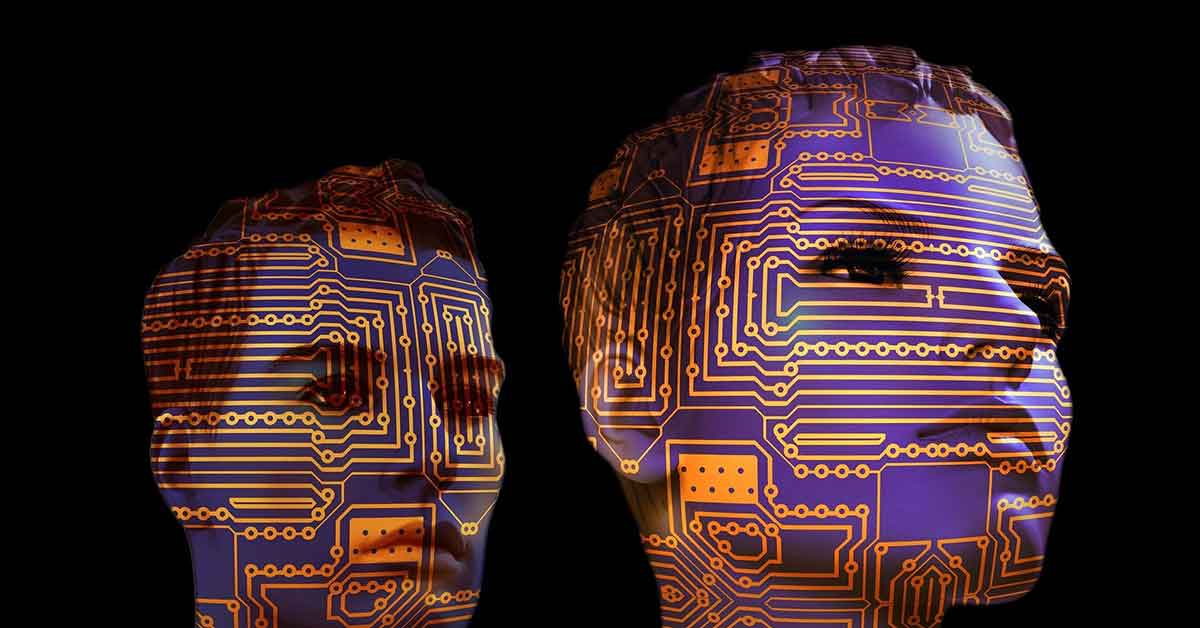How AI Benefits Your Native Advertising Campaigns
March 12, 2018

Artificial intelligence and dynamic creative optimization create a new way for marketers to connect with an audience. Context is one of native advertising’s major metrics for success. Ads that cater to the audience are proven to be more successful, and responsiveness is more of an expectation for today’s audiences than it is a feature. With Generation Z driving buying power, personalization and responsive ads are only going to gain more traction in advertising. Personalization may seem like a lofty and time consuming goal, but the advent of artificial intelligence (AI) technology could make responsiveness easier than ever.
Because the internet is saturated with information, marketers must sift through unimaginable amounts of data to optimize the advertisements an audience sees. However, AI is able to easily sift through this information and help marketers gather valuable insight as to what works.
AI is a valuable tool for personalization in advertising, and native ad units that incorporate this technology perform better. This success comes from AI’s ability to turn data into personalized advertising experiences. It shows a better understanding of the audience, which improves audience perception of the brand.
Using AI in the form of dynamic creative optimization (DCO) can help advertisers strike a balance with personalized advertising. DCO is a form of display that creates personalized advertisements based on information about the audience gathered right in the moment. Dynamic ads like this typically perform better than static advertisements.
Elements that factor into which ads a page displays are the time of day, local weather, live information, and general user data. For example, users might see ads promoting a product they left in their shopping cart on another website. As part of this strategy, optimized ads will often show top products that appear in categories users have shown interest in.
By retargeting the audience with DCO, AI will learn what works best for the audience and the ads themselves.
Because of this, DCO increases the contextual relevance of the ads shown and make it more likely users will engage. A campaign is more relevant when it’s tailored to an audience member’s specific interests because it creates a one-on-one experience between buyer and brand. Personalization gives the brand authenticity that harder to demonstrate with traditional advertising.
Despite the many benefits of AI, it’s important to remember that AI is a tool and is only as good as you make it. AI depends on high volumes of information to give more valuable insights and conclusions, meaning it’s critical for marketers using it to keep feeding it data. The more data it has, the more accurately it can predict future outcomes. Over time, AI is more likely to be able to predict which campaigns will perform well and on which sites they will achieve best results.
Additionally, DCO is only effective to a point. Attempting to optimize an ad too many times won’t readily yield results because the number of impressions required to reach statistical significance is immense. Instead, it’s more beneficial to focus on optimizing a smaller number of factors, which will iterate faster.
Though AI is still in its infancy, it’s an effective tool that can help marketers promote and prioritize campaigns. It can also help scale campaigns, reach a more target audience, and improve efficiency. AI is an excellent addition to a Humatic approach to marketing in that it can automate some of the work and allow humans to reap the benefits.